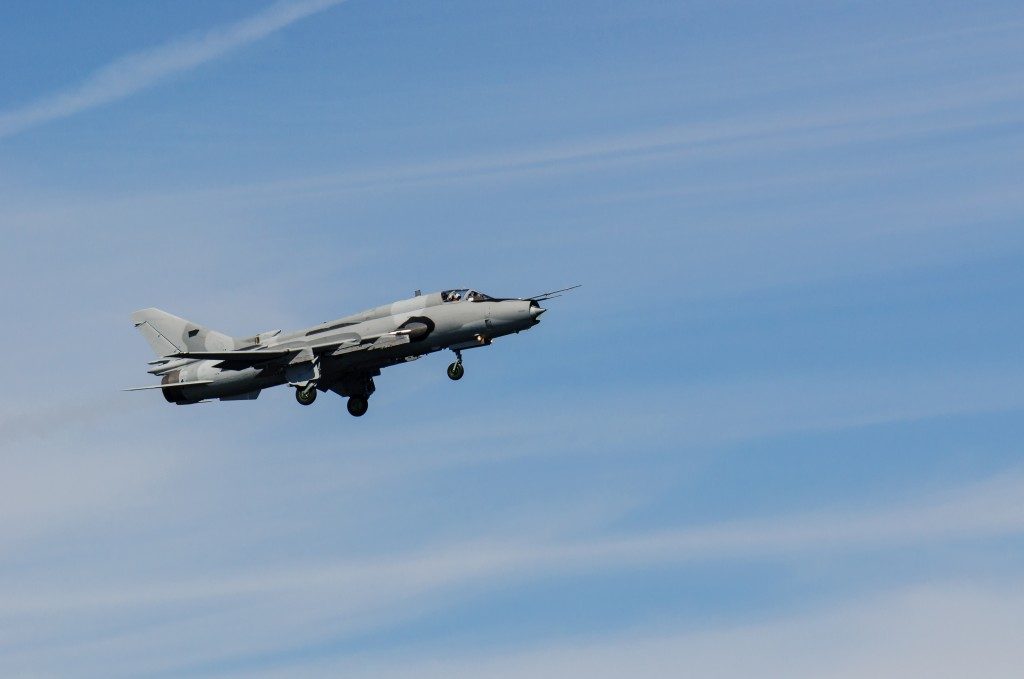Some time ago, tracing a person’s location was something we only see in the movies and it was just for characters like James Bond. Now, even ordinary citizens have that ability to have real-time updates on the location of someone or something. This has been very useful for transportation and delivery services.
There are now programs for GPS and GNSS simulator service and training, but most users are not familiar with the differences between the two.
GNSS vs. GPS
GNSS means Global Navigation Satellite System and we are more familiar with the Global Positioning System (GPS). GNSS is a blanket term and to put it bluntly, GPS is a type of GNSS.
As long as a navigation system uses satellite technology and signals, it is considered part of GNSS. That said, there are many GNSS systems run by different countries around the globe. In contrast, the GPS systems are run by satellites owned by the United States.
Based on this, we can say that the GPS has limitations because the receivers are confined to the 24 satellites owned by the U.S. They are affected by bad weather, which can block the signals. That said, they need to find a new signal to enable the location system again.
When using a GNSS receiver, you can use signals from any positioning satellite, making it more accurate. Even if the GPS signals are blocked, the GNSS receiver can tap any other satellite around the world. It is, therefore, more dependable and accurate than GPS.
At the onset, there were only two satellite systems: GPS of the USA and the GLONASS from Russia. Nowadays, there are other satellite navigation systems like Europe’s Galileo system and Beidou from China.
Applications for GNSS

Originally intended for military use, there are now multiple applications for GNSS and GPS. Transport services use it to locate passengers and map out a course for their destination. It is also used for mapping services and navigation.
Industrial machinery and heavy equipment can use GNSS, specifically in mining and agriculture. Even construction equipment can be controlled remotely in GNSS-based systems. Agricultural equipment such as tractors may use GNSS and steer on controlled traffic and row crop operations.
GNSS is used in racing and touring for both cars and bicycles. The racers can plot their course in advance and proceed on this course, which could involve narrow shortcuts and detours, without having to stop frequently to refer to different maps. There are GNSS receivers specifically designed for his purpose and they can even track the rider’s progress and compare it with the competitors.
The same principle applies to pedestrians and hikers. For the latter, GNSS can be a lifesaver if they get stranded due to extreme weather conditions.
In later experiments, GNSS tracking was also used for INS (Inertial Navigation System) experiments involving sports. By placing sensors on four football players, they were able to track their speed, direction, and average rest and motion time. The value of the data collected may be analyzed to prevent injuries and to devise better strategies for the sport.